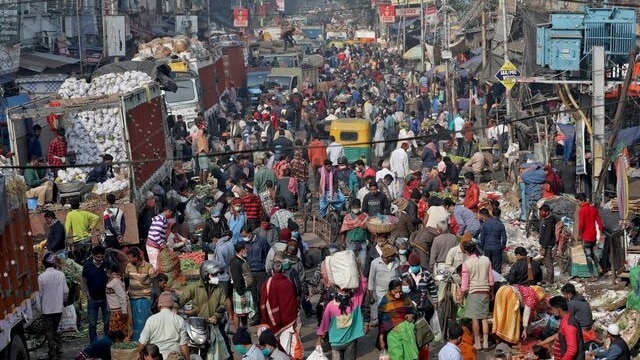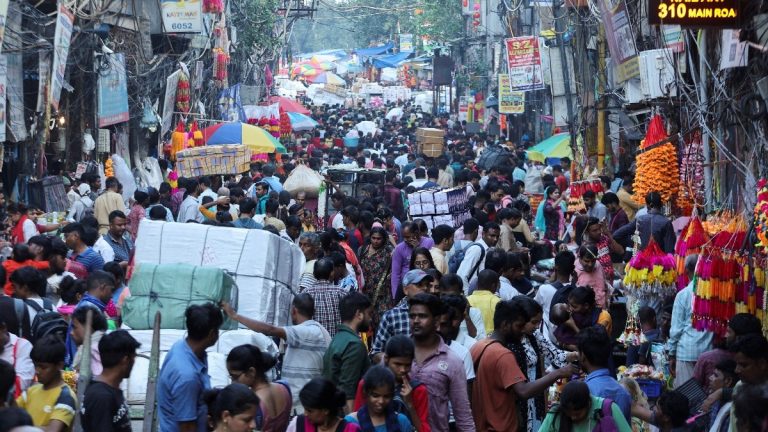The fact that India has surpassed Japan to become the fourth-largest economy has spurred a debate on social media. While many on social media are rejoicing that India has reached the $4 trillion mark, some have pointed out that per capita GDP is the metric to go by if one wants to assess the country’s growth. Some have also said that to mobilise a population of 1.4 billion is a gargantuan task, and that India’s per capita GDP growth is better than many European countries.
Founder of Wisdom Hatch, Akshat Shrivastava said to understand the implication of the GDP vs per capita GDP debate, one must understand the trajectory of the nation.
He decoded a few things one must need to keep in mind about a nation’s GDP growth.
“If there are more people, GDP should go high,” he said, highlighting the difference between GDP, which is the value of total goods and services, and per capita GDP, which indicates the average economic output per person.
“Scandinavian countries therefore have very small GDP. But, very high GDP/capita. In India: this is the opposite. We have very high GDP, but very less GDP/capita,” he said.
As an absolute number India is the fourth-largest economy, which is important when businesses look for markets to expand. In such a case, India would always remain an option, he said. Even if there are issues like high cost of capital and low profit margins, one cannot ignore India as a market.
India’s “total addressable market” (TAM) is high, making it one of the biggest markets on that basis. However, that does not mean India is a developed nation.
Shrivastava explained that a developed country has many indicators like GDP, per capita GDP, human development index, income distributions etc. “We generally rank low on an aggregate basis,” he said.
He said one thing to keep in mind is the Gini Coefficient. A higher Gini means more inequality. India is ranked with countries like Germany (32.4 per cent), the UK (32.4 per cent), and France (31.5 per cent), and lower than China (35.7 per cent) and Indonesia (36.1 per cent) but is higher than Pakistan that has a Gini of 29.X per cent, which is lower than in India. “The only logical explanation for this is: that incomes there are so bad– that most people are at same levels,” he quipped.
Data sets in isolation are useless, he said. All these data points simply point to the trajectory of the nation. “And, this is what impacts you the most as a citizen,” he said.
“So study the first 11 points. Understand the trajectory of your nation. And, make your own career/investment/life calls. Most importantly: stop reading just the headlines. Go 3 level deeper, where insights hide,” he added.
India surpassed Japan to become the fourth largest economy globally, with a nominal GDP projected at $4.187 trillion, according to the International Monetary Fund (IMF). The IMF data also indicated that India’s per capita income is expected to reach $2,880 by 2025, doubling from $1,438 in 2013-14. The Indian economy is forecasted to grow at 6.2 per cent in 2025-26, supported by strong private consumption, particularly in rural areas. This growth places India only behind the US, China, and Germany.







